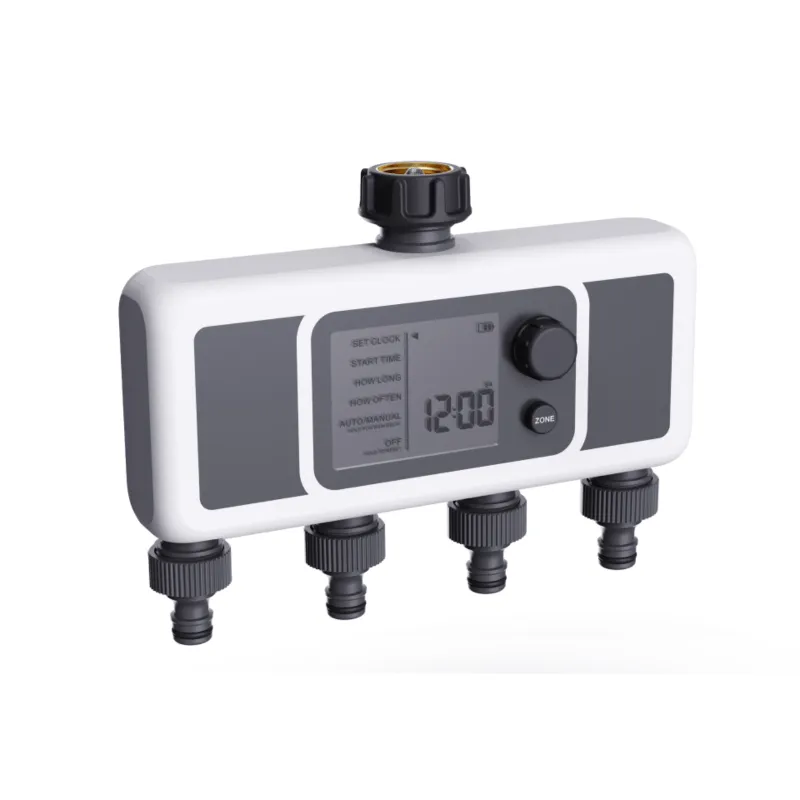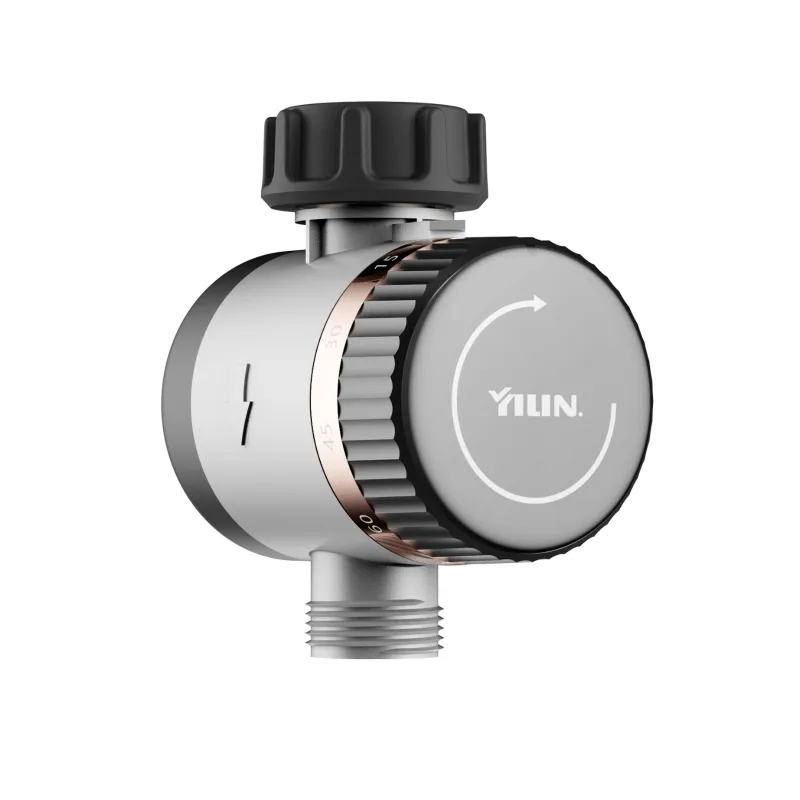Essential Guidelines for Choosing Quality Garden Tools and Equipment
Creating a thriving garden requires more than just a green thumb – it demands the right gardening items that can withstand regular use while delivering optimal performance. Whether you're a seasoned horticulturist or just beginning your gardening journey, selecting appropriate tools and equipment is crucial for success in your outdoor sanctuary. This comprehensive guide will help you make informed decisions when investing in gardening items that combine durability with efficiency.
Understanding Basic Garden Tool Requirements
Material Quality and Construction
The foundation of any reliable gardening item lies in its construction materials. High-carbon steel tools offer superior durability and maintain their edge longer than standard steel alternatives. When examining handles, opt for hardwood like ash or oak for hand tools, as these materials absorb shock and provide better grip. For longer tools, fiberglass handles offer excellent durability while remaining lightweight. Look for seamless construction where the tool head meets the handle, as this is often where inferior gardening items fail under pressure.
Ergonomic Design Features
Comfort during use significantly impacts your gardening efficiency. Premium gardening items incorporate ergonomic features that reduce strain and fatigue. Look for tools with cushioned grips, angled handles that align naturally with your wrist position, and appropriate weight distribution. D-shaped handles on spades and forks provide better control and leverage, while telescopic handles on certain tools allow adjustment for users of different heights.

Essential Features for Specific Garden Tools
Hand Tools for Precision Work
When selecting small gardening items like trowels, pruners, and hand forks, prioritize those with full-tang construction, where the metal extends fully through the handle. This ensures greater stability and longevity. Pruners should have high-quality steel blades with a bypass cutting mechanism for clean cuts on live plants. Look for models with safety locks and replaceable parts, as these features extend the tool's lifespan and enhance user safety.
Larger Equipment Considerations
For bigger gardening items such as spades, rakes, and hoes, weight becomes a crucial factor. While heavier tools might feel more substantial, they can quickly lead to fatigue during extended use. Seek a balance between durability and manageability. Welded joints should be smooth and even, indicating quality construction. For powered gardening items like mowers or tillers, investigate the manufacturer's warranty and parts availability before making a purchase.
Maintenance and Storage Solutions
Proper Care Techniques
Extending the life of your gardening items requires consistent maintenance. After each use, clean tools thoroughly to remove soil and plant debris. Apply light oil to metal parts to prevent rust, and regularly sharpen cutting edges. Wooden handles benefit from occasional treatment with linseed oil to prevent splitting and deterioration. Establish a routine maintenance schedule to identify wear and address issues before they become serious problems.
Storage Methods
Proper storage dramatically affects the longevity of gardening items. Invest in wall-mounted tool organizers or dedicated storage solutions that keep tools off the ground and away from moisture. Consider climate-controlled storage for power tools and electronic gardening items. Hanging tools vertically helps maintain their shape and prevents warping or bending, particularly important for longer implements like rakes and hoes.
Investment Strategies for Garden Equipment
Budget Planning
While quality gardening items often command higher prices, they typically offer better value over time through extended durability and improved performance. Create a prioritized list of essential tools and allocate your budget accordingly. Consider seasonal sales and gardening shows for potential savings, but avoid compromising on quality for critical tools you'll use frequently. Sometimes, renting specialized gardening items for occasional tasks can be more cost-effective than purchasing.
Long-term Value Assessment
When evaluating gardening items, consider the total cost of ownership, including maintenance requirements and expected lifespan. Professional-grade tools might cost more initially but often prove more economical through reduced replacement needs and better performance. Research warranty terms and the availability of replacement parts before investing in expensive equipment. Build your collection gradually, focusing on versatile tools that serve multiple purposes.
Frequently Asked Questions
What are the most essential gardening items for beginners?
Start with basic hand tools including a quality trowel, pruning shears, garden fork, and spade. Add a watering can or hose with adjustable nozzle, and sturdy gloves. These fundamental gardening items will handle most basic tasks while you develop your gardening skills and determine which specialized tools you might need later.
How can I tell if gardening items are well-made?
Look for solid construction with no wobbling parts, high-quality materials like forged steel or hardwood, and smooth welds or joints. Reputable brands often offer warranties on their gardening items. Weight should feel balanced, and moving parts should operate smoothly. Read customer reviews and seek recommendations from experienced gardeners.
Should I buy gardening items online or in person?
While online shopping offers convenience and often better prices, purchasing gardening items in person allows you to assess their quality, weight, and ergonomic fit. Consider buying basic tools locally where you can handle them first, then look online for specialty items or better deals on specific brands you trust.
How often should gardening items be replaced?
Quality gardening items, when properly maintained, can last many years or even decades. Replace tools when they show signs of structural damage, severe rust, or when repairs would cost more than replacement. Regular maintenance and proper storage significantly extend the lifespan of your garden equipment.


